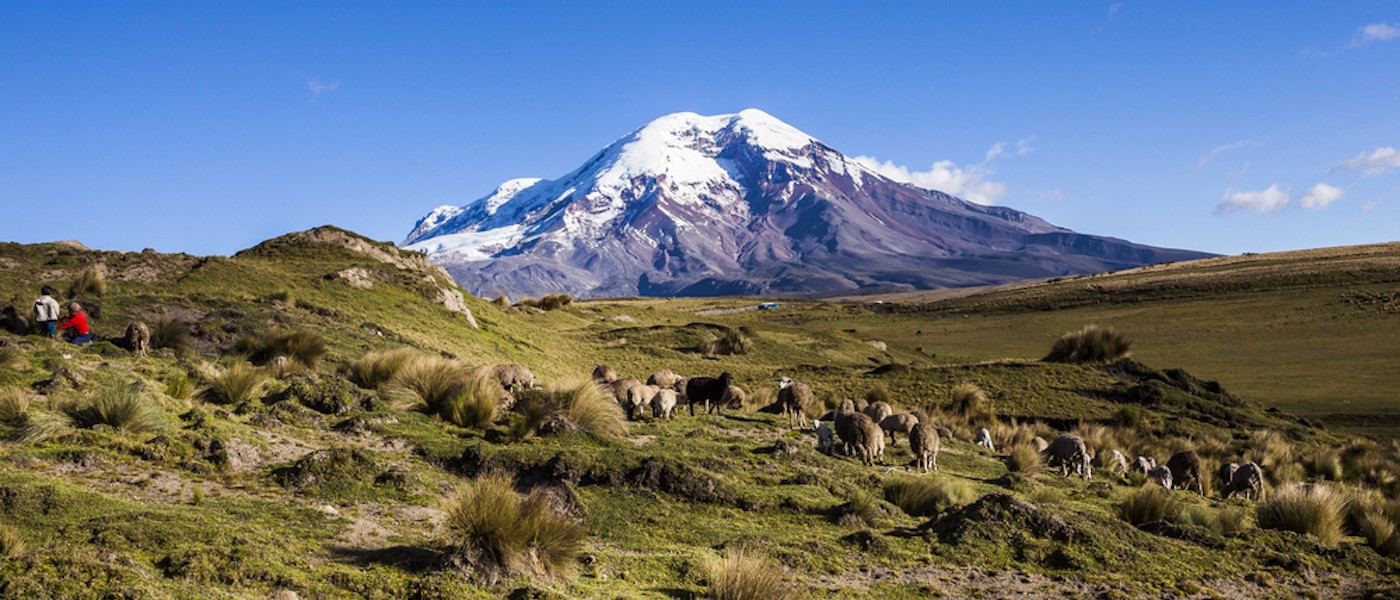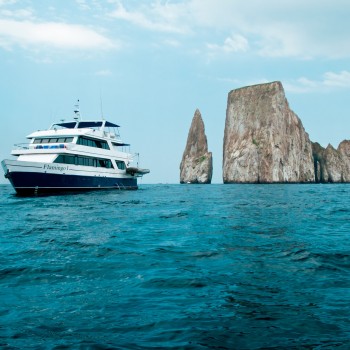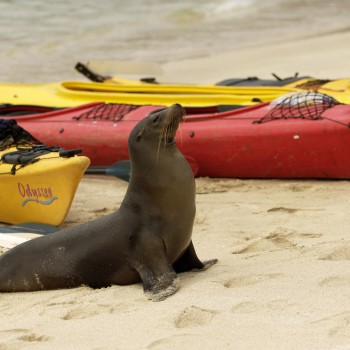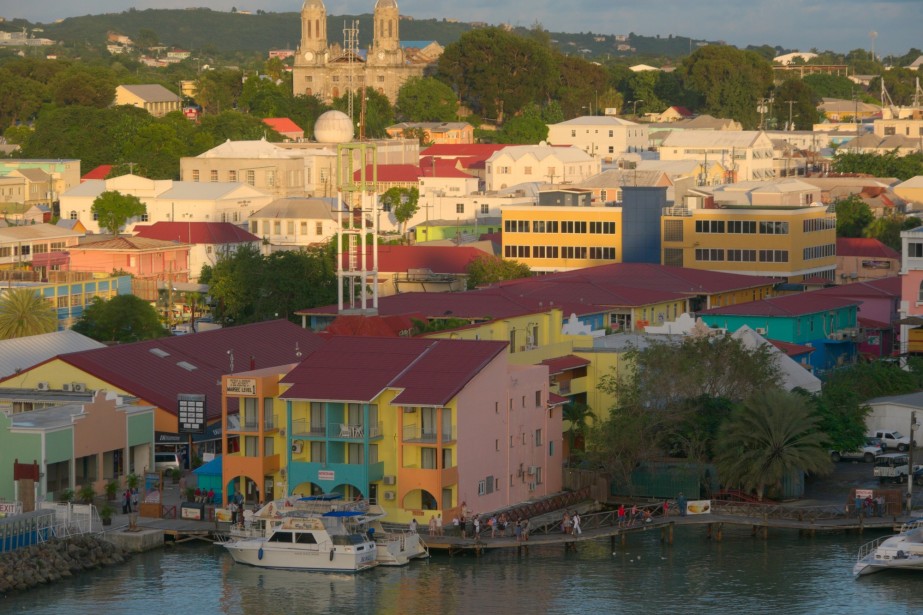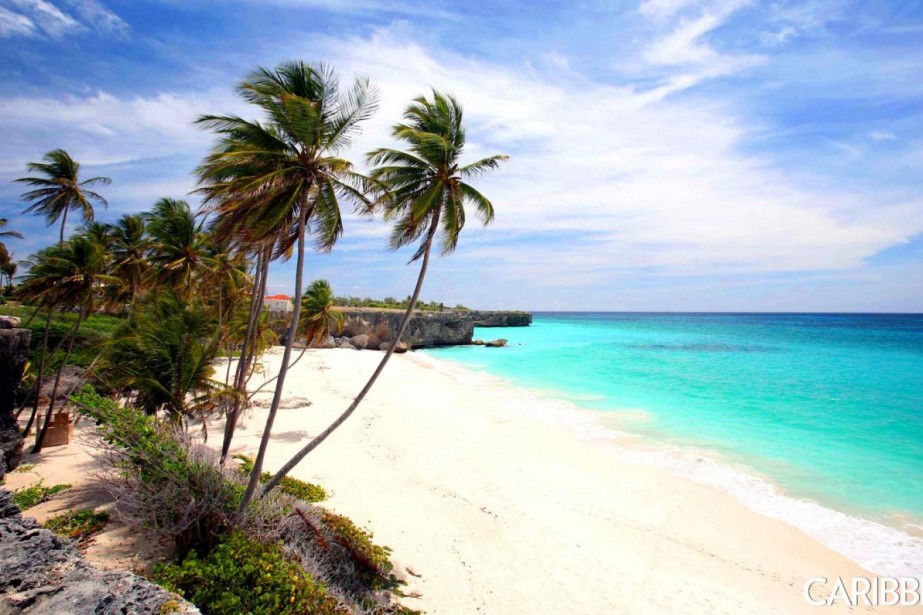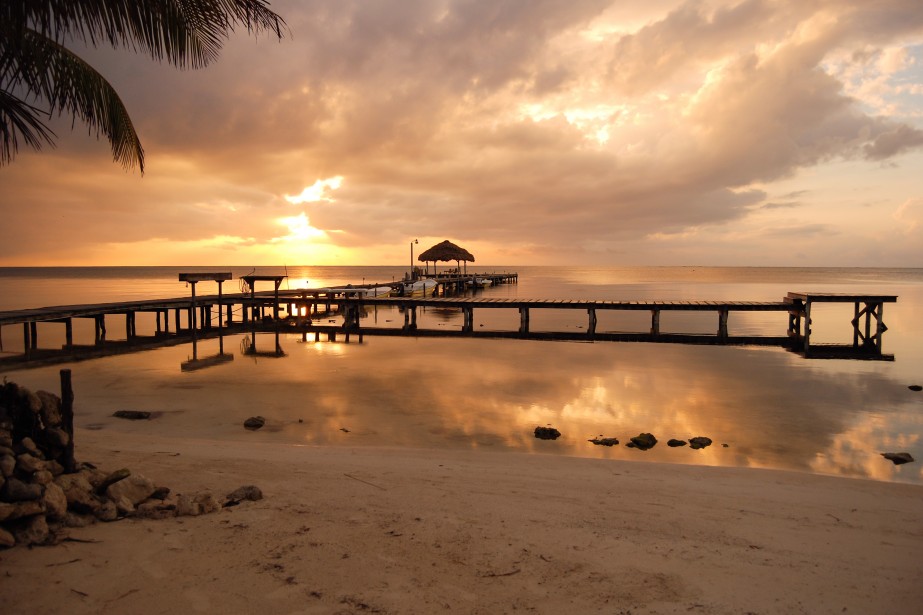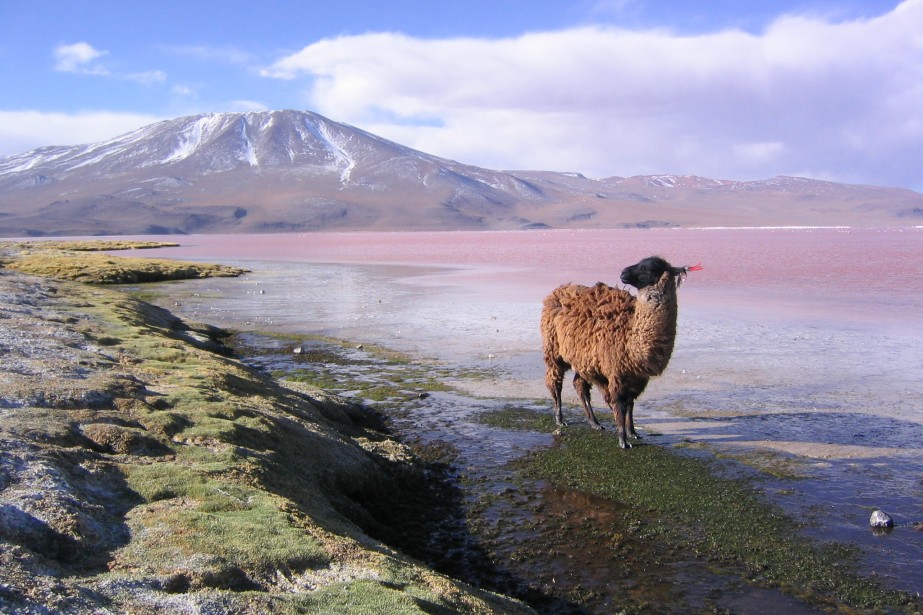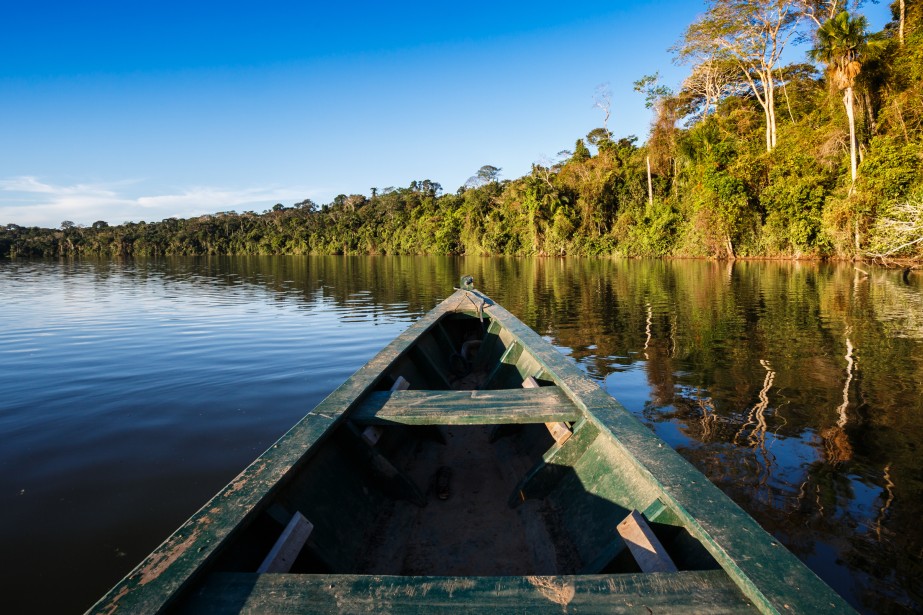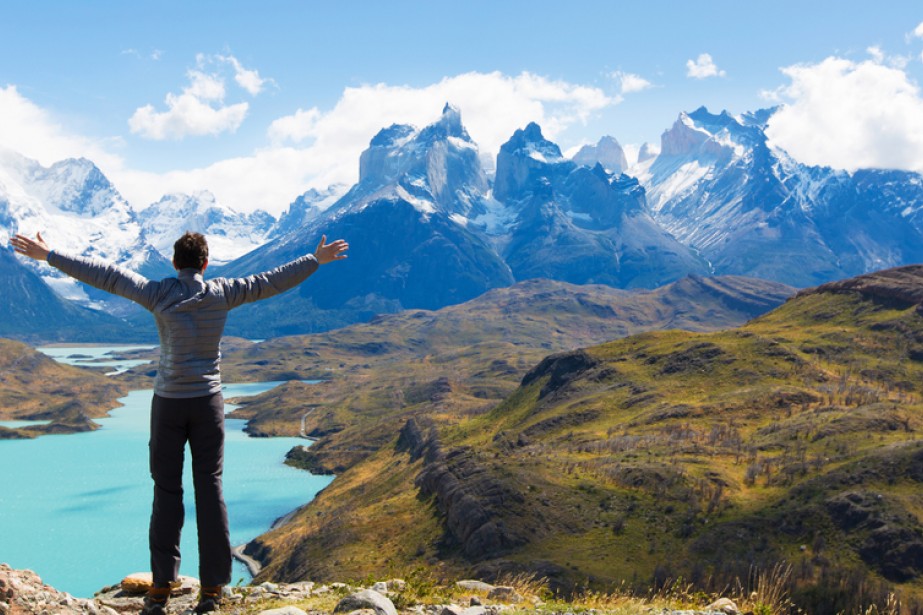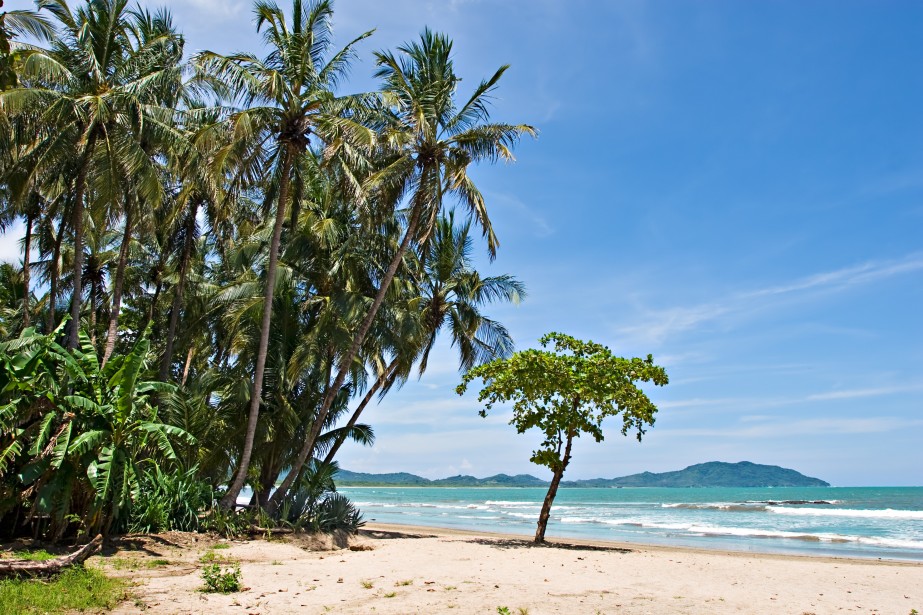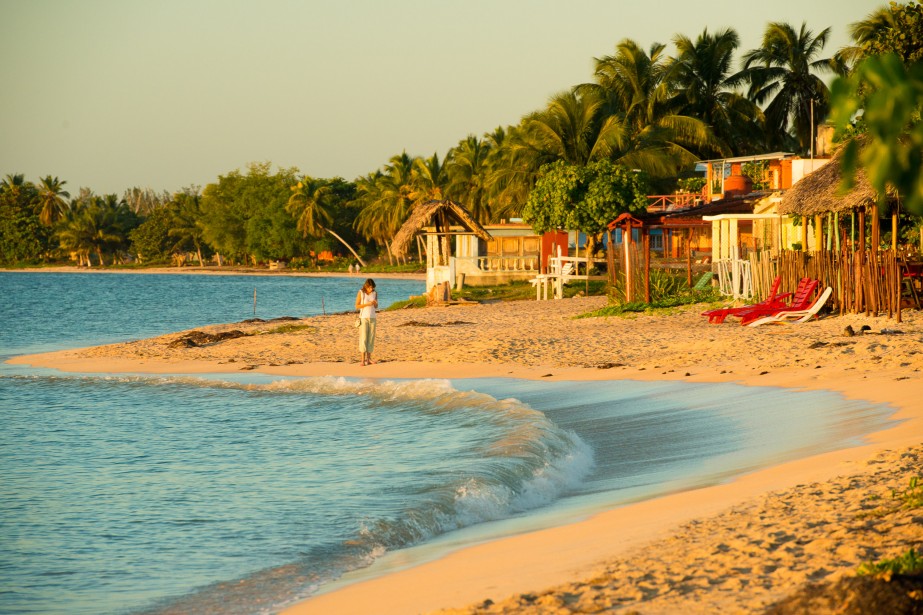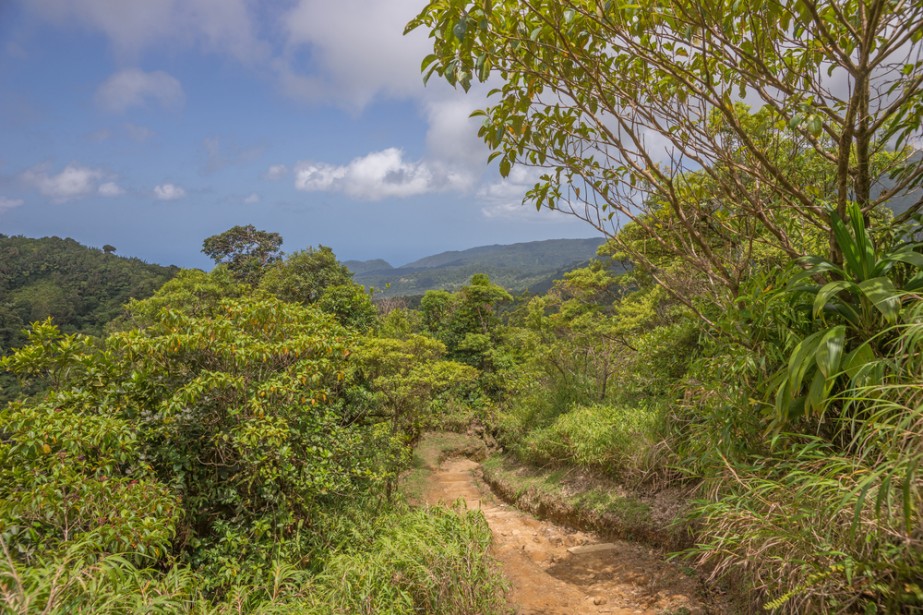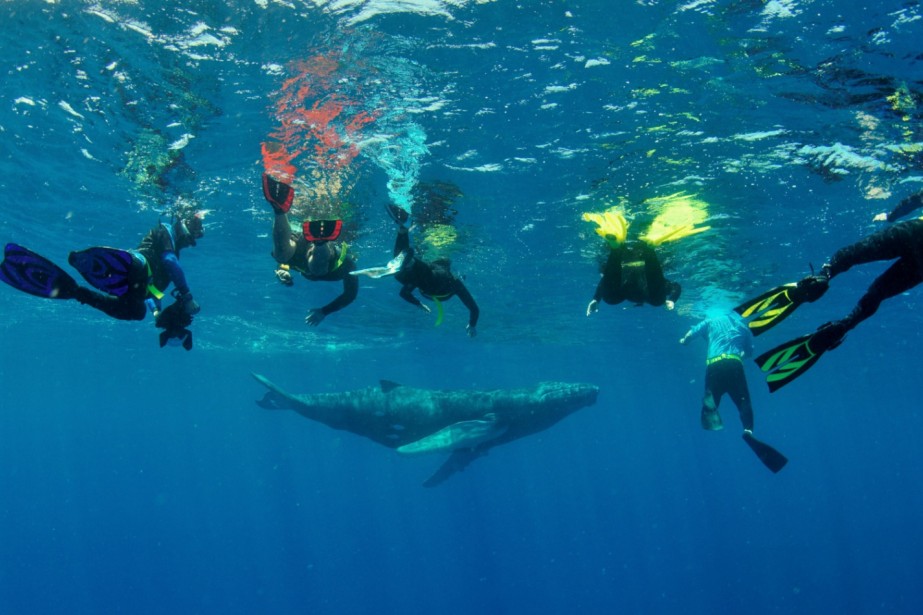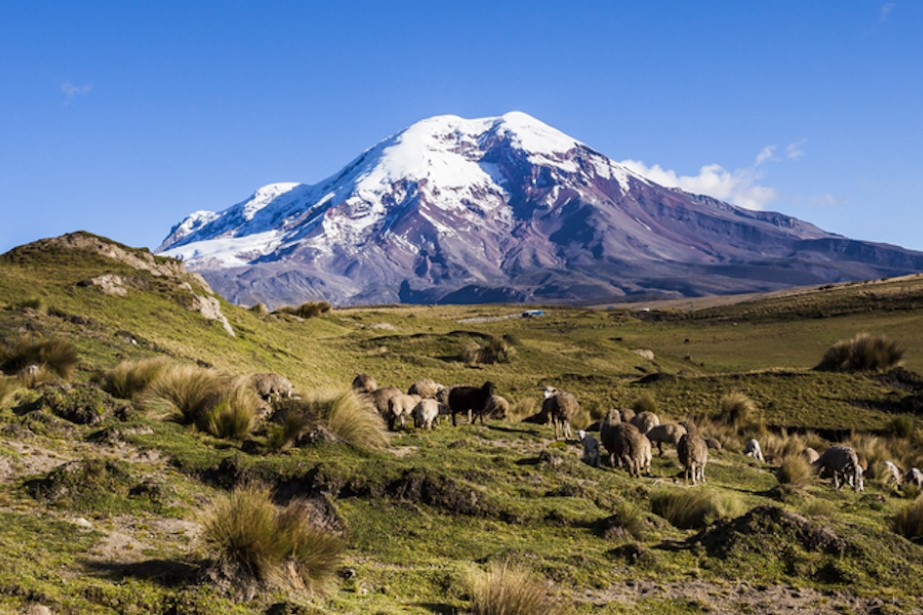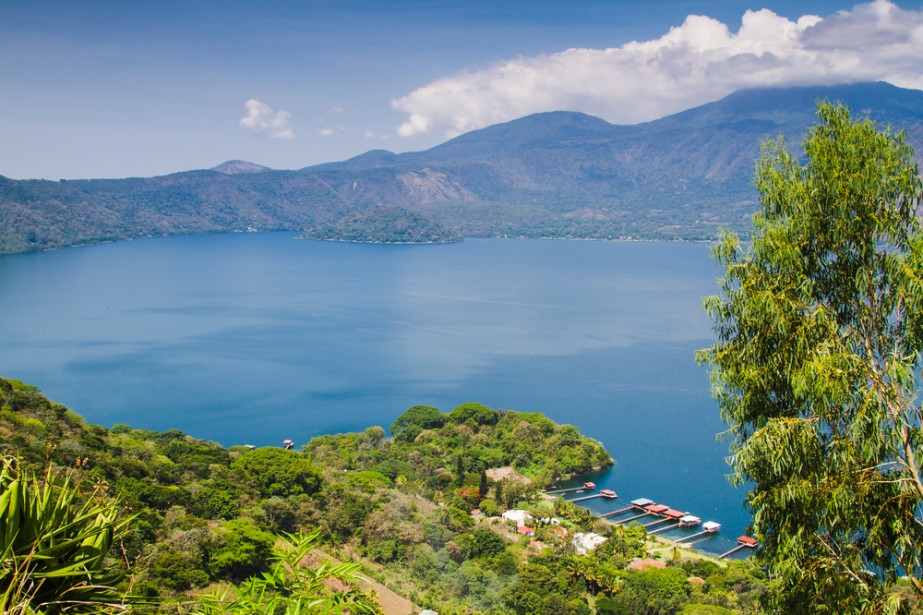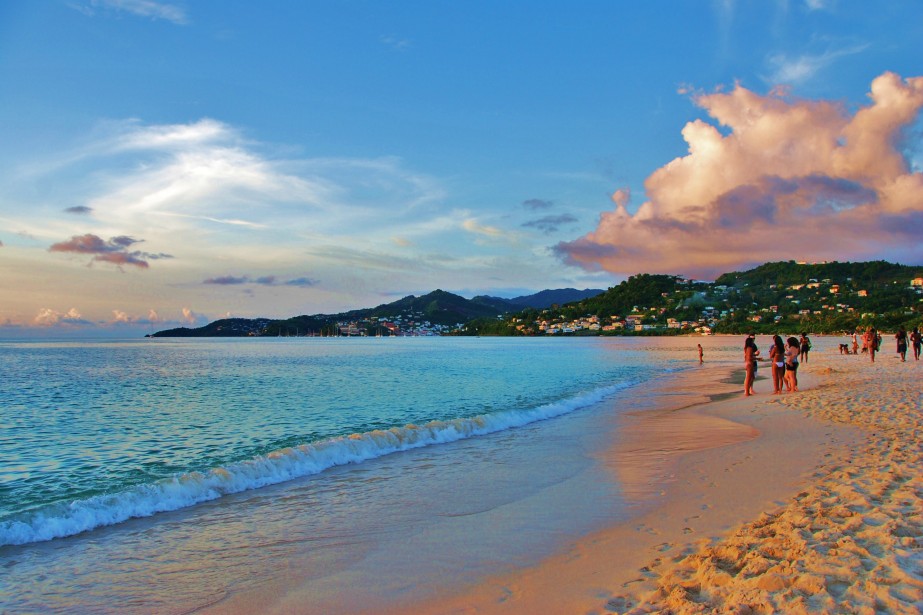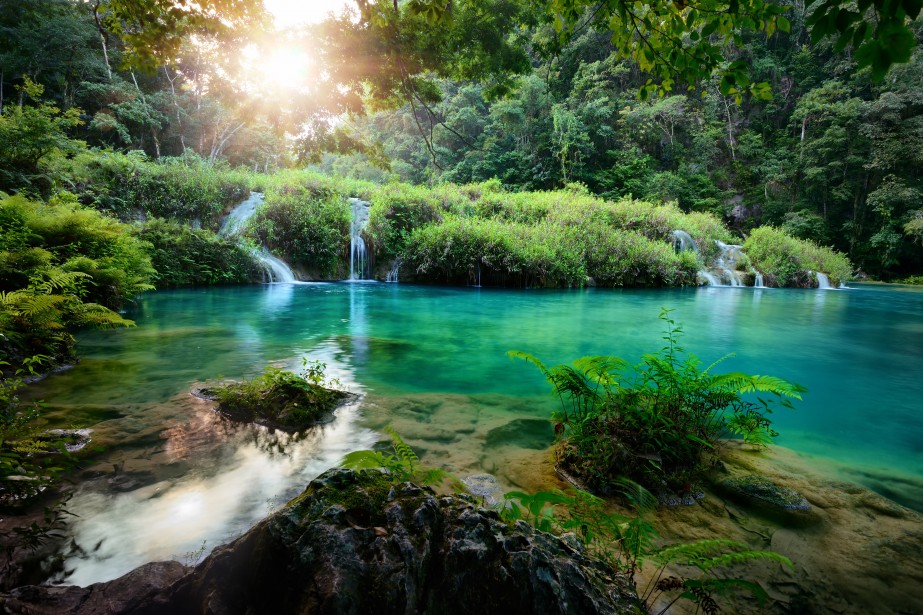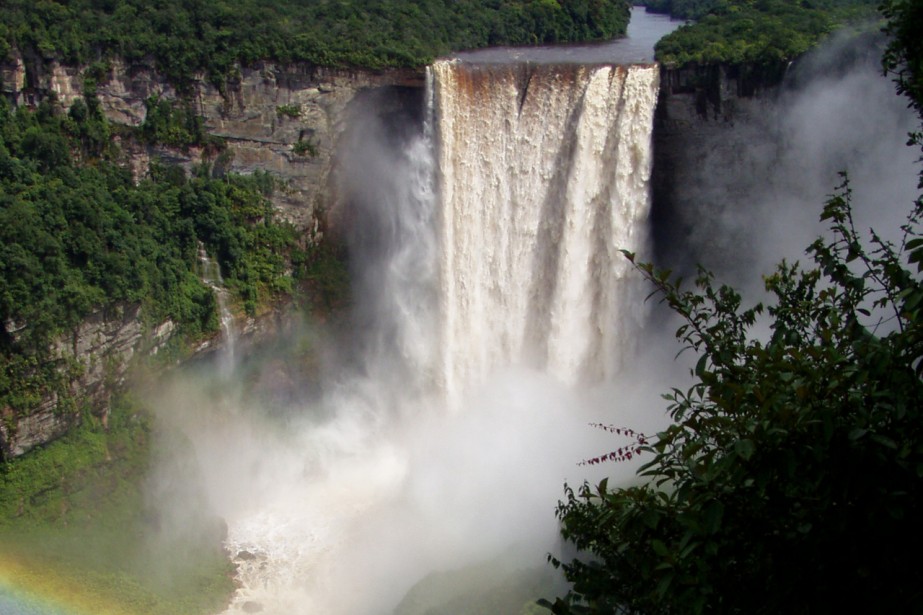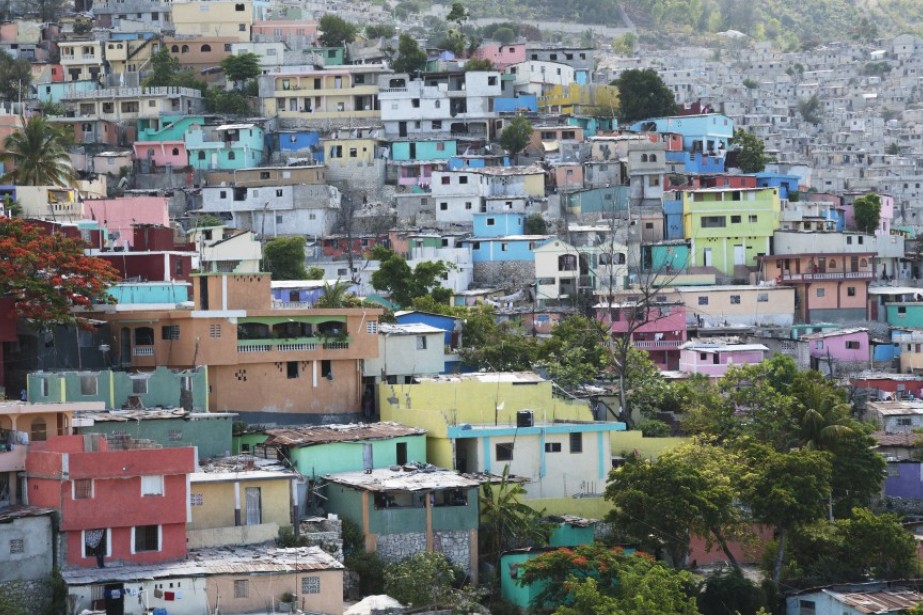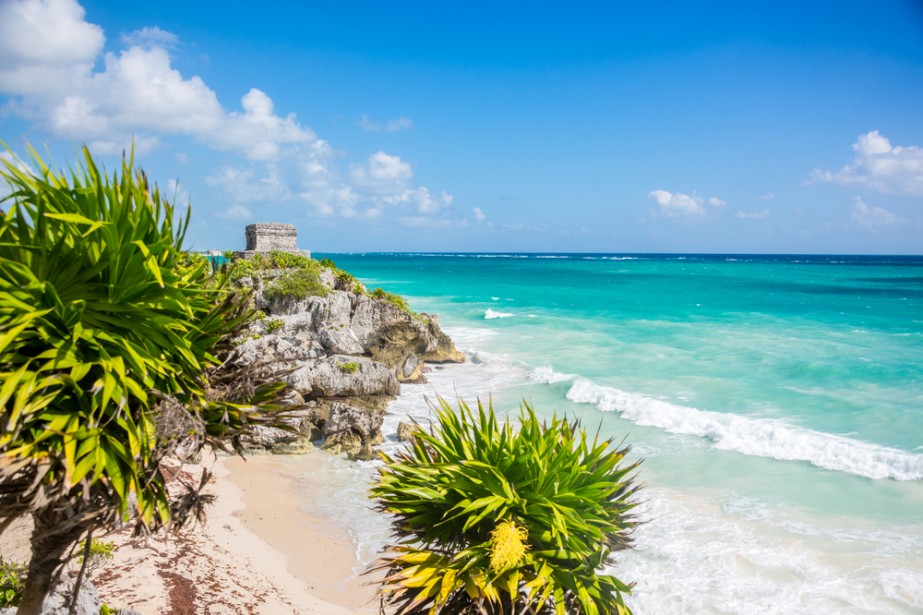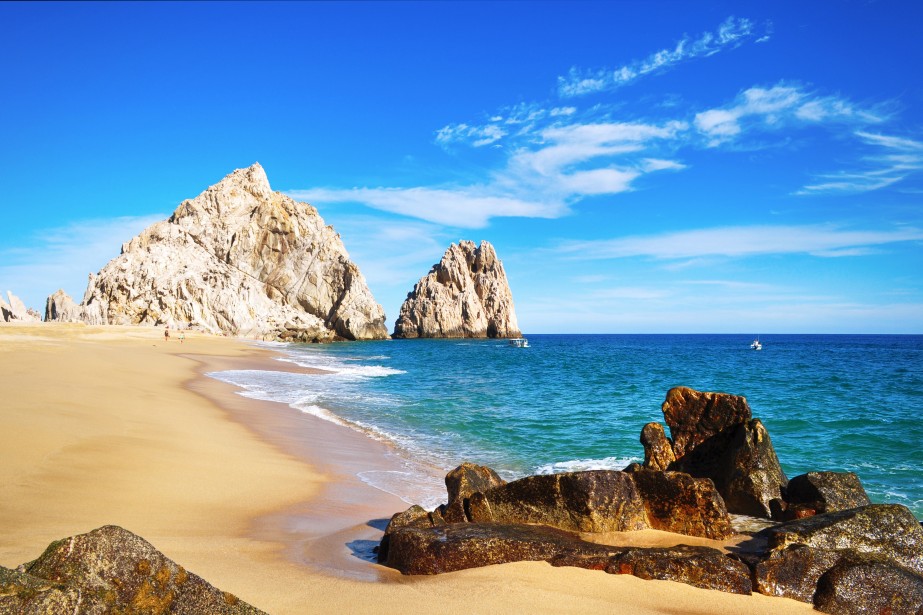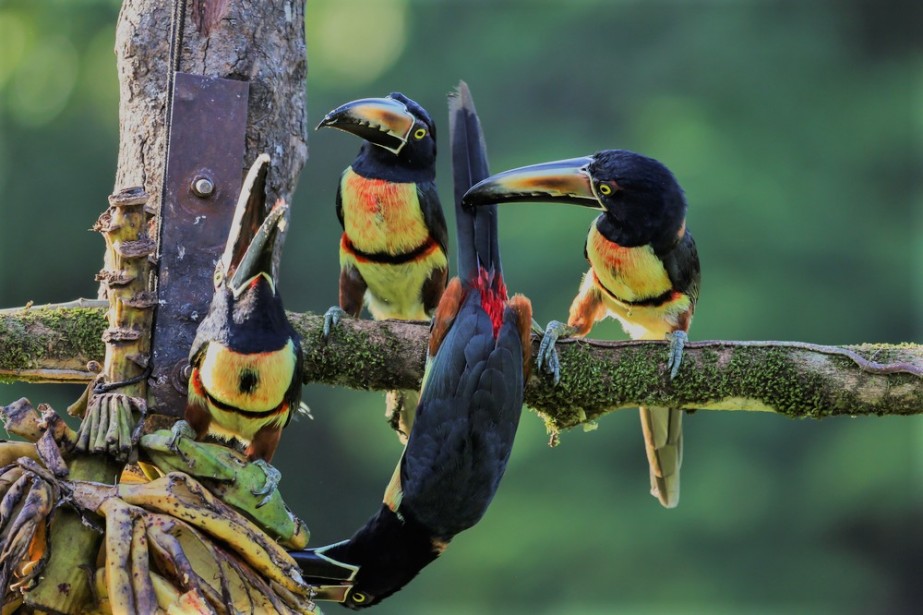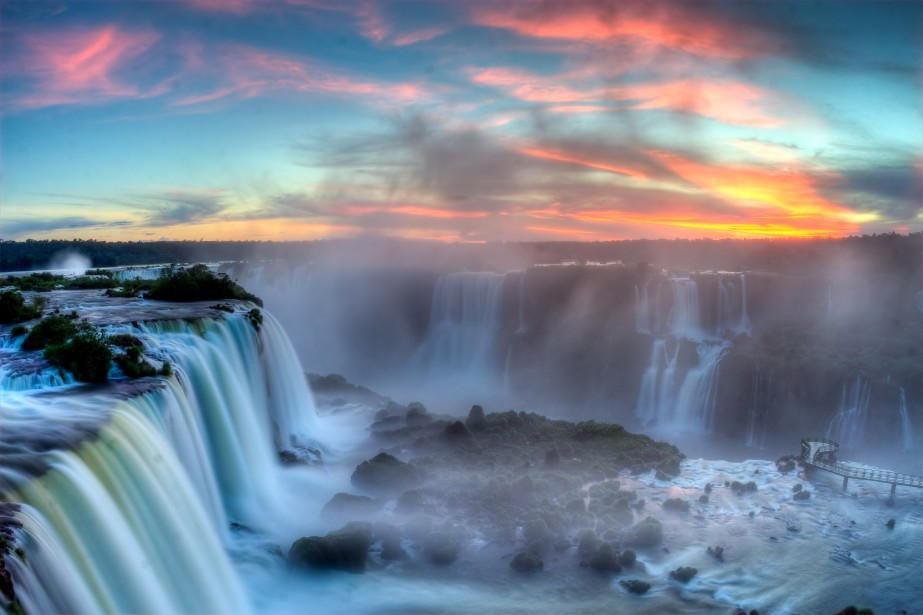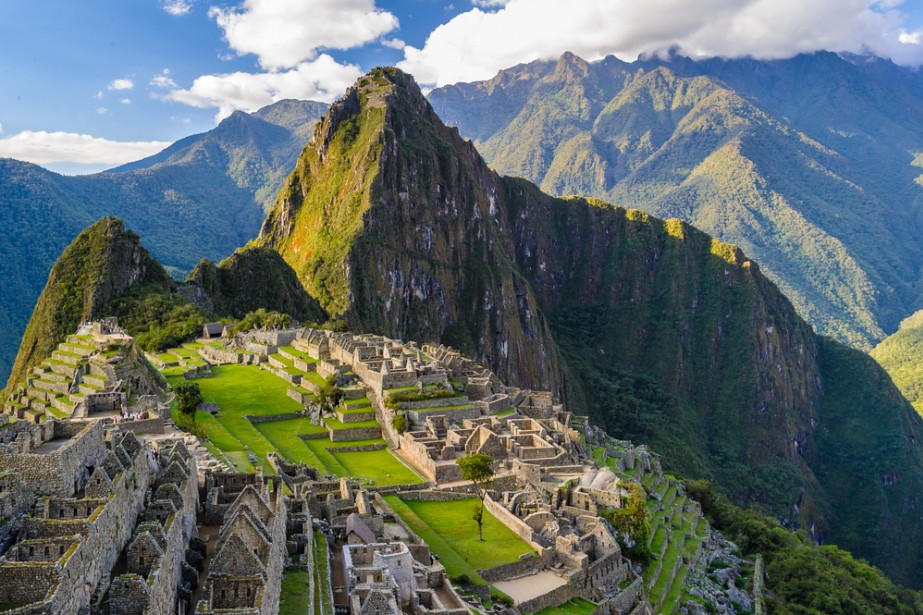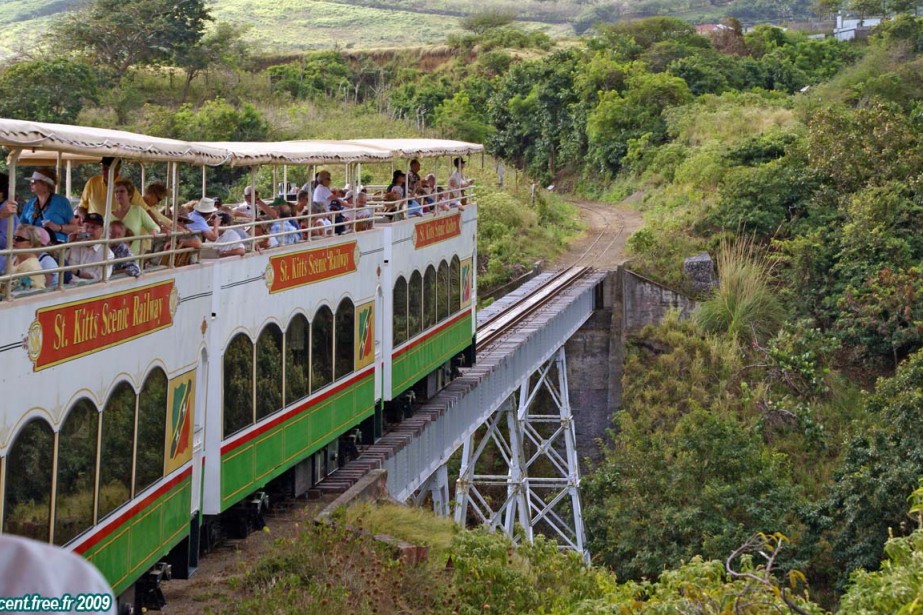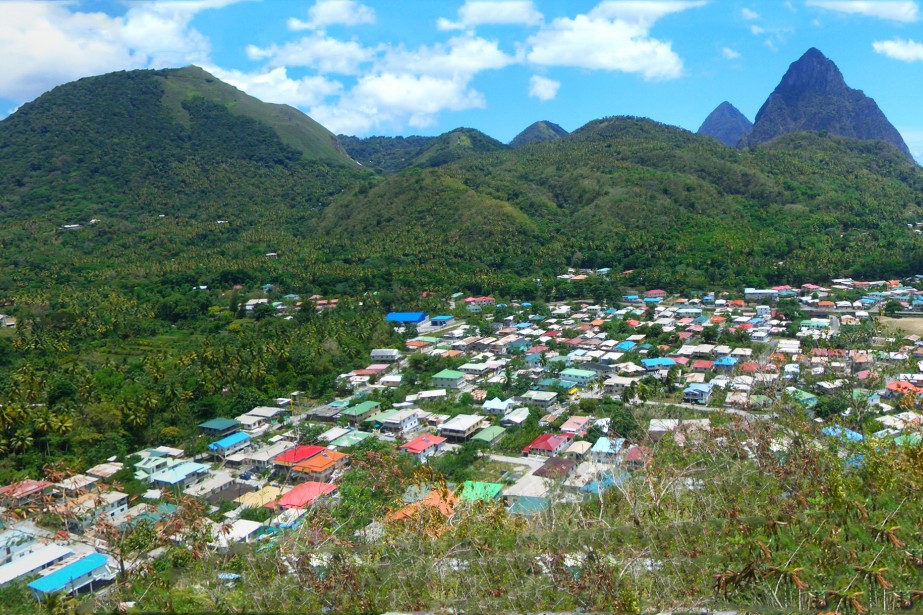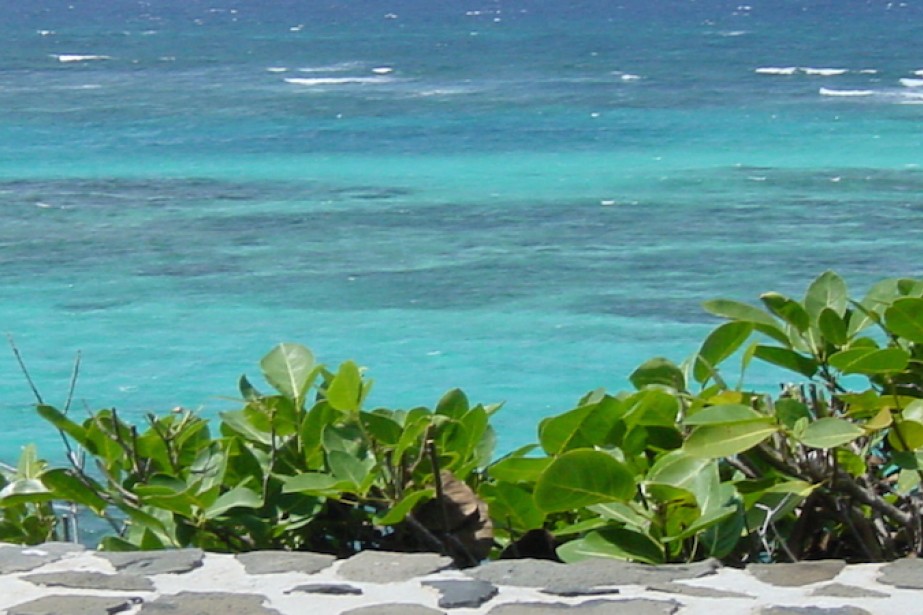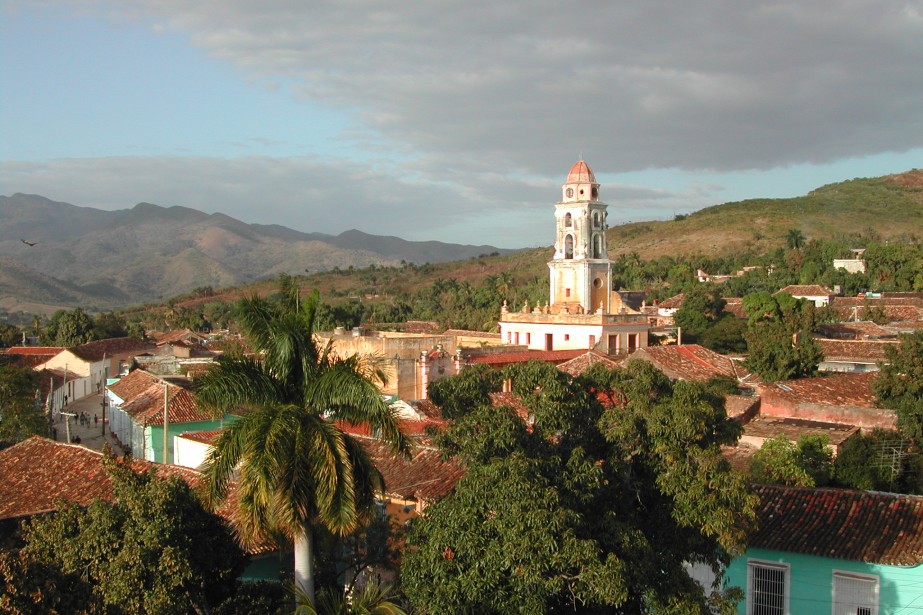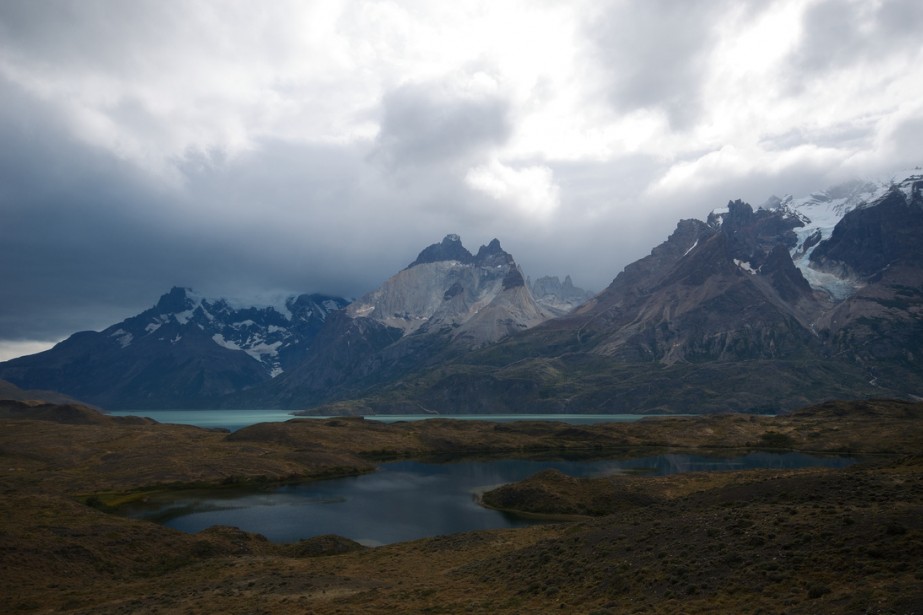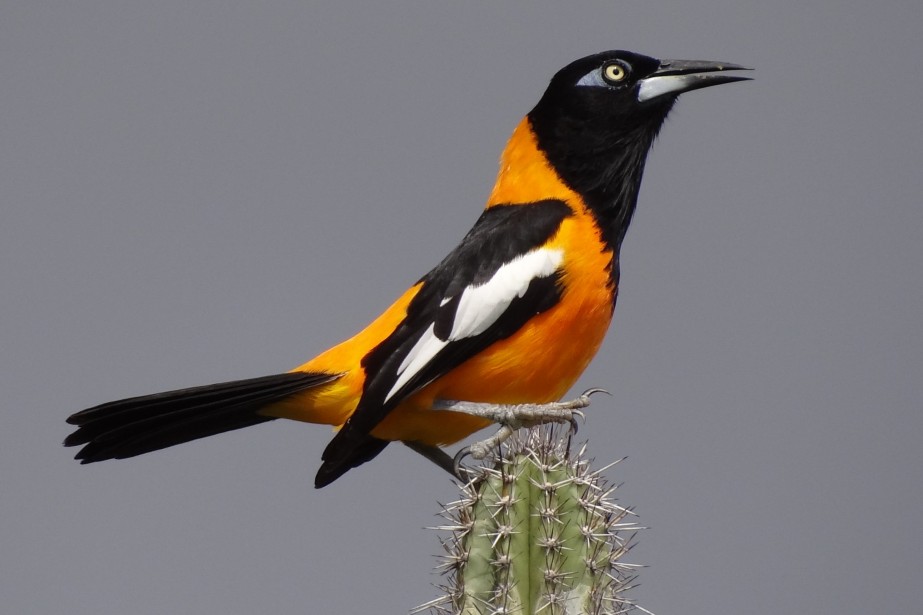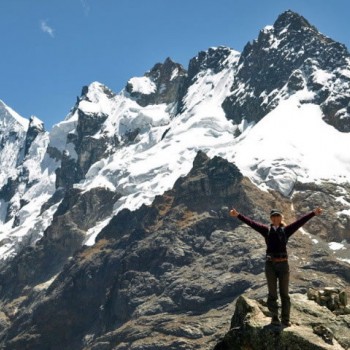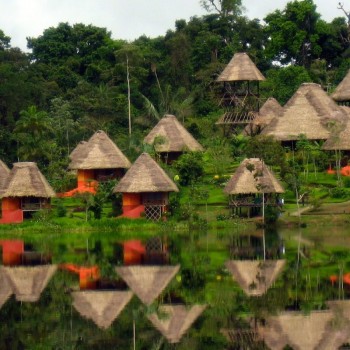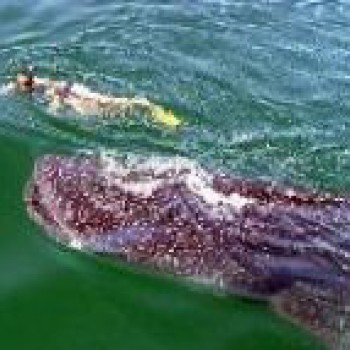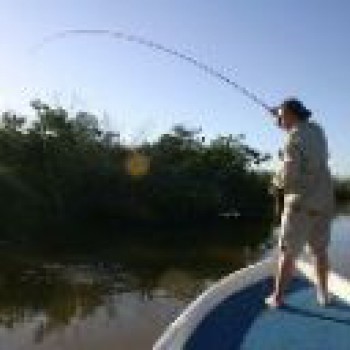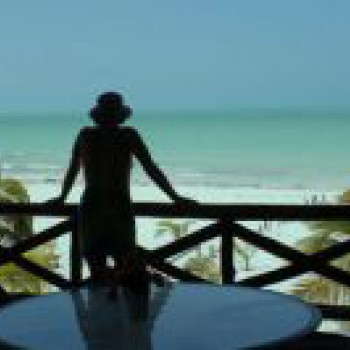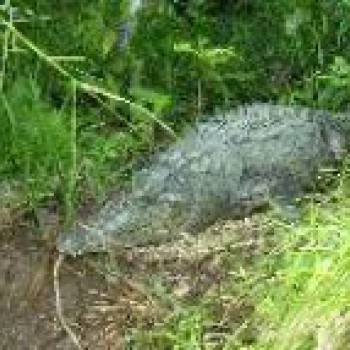Submitted by Heather Demars on August 1, 2016
Overview
Situated on the Equator with one part lying in the southern hemisphere and the other in the northern, Ecuador is the smallest country located in the Andean Highlands. The country is divided into three distinct regions – Costa, Oriente and Sierra, and even has control over Galapagos Island. This is the reason why the country is considered a bio-diverse land and why it is easy to experience a dramatic change in landscape and temperature in just a short period of time. You can be travelling to pristine beaches and be surrounded by towering mountains and volcanoes the next. Ecuador is jam packed with so much astounding wildlife and vegetation that you cannot take them all at once.
The Sierra region is dominated by volcanoes, half of which are active. The highest peak of the Andes range can also be seen in this part of the country as well as the main cities situated in the valley called as the Avenue of Volcanoes by the locals. On the eastern part of Sierra is Oriente which is praised for its extreme diversity. This area consists of wet lowlands, covered with jungles and rivers. On the other hand, Costa is the region near Ecuador’s Pacific coast. It houses rich tropical forests, pristine white beaches and the commercial capital of Guayaquil. Far out in the Pacific Ocean lies the distant world of Galapagos Island. Tourists will be surprised with the different creatures that live there.
Fantastic architecture, scenic landscapes, vivacious indigenous groups and polite, warm people, Ecuador is one of the most exciting and satisfying countries to visit in South America. Galapagos Island, one of the world’s top destinations is also a part of this varied country. What more could you ask for?
When to Travel
The country’s weather depends greatly on the altitude. So the higher you go, the colder it becomes. Most large cities have a fairly subtropical highland climate although Quito can be very cold at night. There are only two real seasons – the rainy season and the dry season, although there are variations among the geographical regions.
Ecuador is a year-round destination but each region - the Costa, Oriente and Sierra as well as the Galapagos has its own optimal visiting season. Sierra, the highland areas are best visited during their dry season from June to September. However, in the lowlands, it is wet most of the time but August through December are driest months.
Coastal areas’ wet season from January to May are still usually sunny but with small downpours in the afternoon. If you are a beach lover, then this is the time to head to this part of Ecuador to enjoy the beaches. The dry season, from June to December, is usually cool.
Head to the distant Galapagos Island and experience its year-round treats. Dry season (June to December) is often misty and cool. If you are not comfortable with rough waters, then avoid traveling during July to October.
Throughout the country, peak season is also the same as that in North American, European and Ecuadorian vacation period. June to August and December to January are months when it is hard to find lodgings, and accommodations soar due to visitors coming to the country. Also, if you time your visit with the festivals celebrated in the country, then it is recommended to have hotel reservations beforehand.
Ecuador’s Cuisines and Drinks
Ecuador’s cuisine is as varied as its regions. There is a variety to choose from throughout the country, and usually depends on where you are. Every region has its own specialty and distinct type of cooking that differentiates it from the rest.
On the coastal areas, potatoes are very popular. Soup is never out of the picture during lunch and dinner. Breakfast is often served with eggs, toasts and fresh fruit juices of your choice. In fact, batidos or fruit shakes are well-liked snacks. One common dish found in the coast is ceviche, a cold seafood cocktail served with fried plaintains and sometimes popcorn. You can also try the encebollado which is a fish soup with yuca. In the Sierra, rice is the staple food and always accompanies lunch and dinner. The locals usually eat cuy or guinea pig which is entirely roasted or fried and served on a twisted stick.
A famous Ecuadorian soup dish is locro de papa. Do not leave the country without tasting this soup with avocados, cheese and potatoes as ingredients. Try also the country’s empanadas. You can choose from the different varieties available like cheese or chicken. They are good for snacks in the afternoon.
When ordering in restaurants, take note that coffee or tea is usually served right after the meal unless you ask for it sooner. It is also a practice in local restaurants that the bill will not be presented to dining tourists unless you ask for it. You can say “La Cuenta, Por Favor” when asking politely for the check.
There are also establishments that you are not allowed to smoke especially in closed areas. It is better to ask first if you are allowed or best to ask if they have any smoking section.
Ecuadorians love tea and coffee. They are often served in cafes and restaurants throughout the country, Coffee is sold in bean form and tea is commonly served with good selection of herbs. The local firewater is the aguardiente which is typically made of fermented sugarcane.
Since the country is in a tropical area, fruits are abundant so are fruit shakes and juices. There is a wide variety to choose from – pineapple, passion fruit, watermelon and other tropical fruits. You can also ask for batida (milkshake).
Popular Vacation Sights in Ecuador
Galapagos Island- Visit the island for a showcase of some unique and unusual creatures that were a subject for Charles Darwins Origin of Species theory. The famous Galapagos tortoise, flightless cormorant, tropical penguins and the marine iguana are some of the distinctive animals you can see in the island.
Equator Line- El Mitad del Mundo (The Middle of the World) is a complex of museums and shop purposely built to mark the equator, the line that divides the world into two and from where the country’s name came from. The enormous granite monument is at the center of the square where painted lines that stretch out on both sides representing the equator can be seen. Local guides will even show you the weighing scales that prove you loss a bit of weight in the equator.
Avenue of Volcanoes- Passing by the Pan-American Highway, you will see snowcapped volcano peaks that promise a perfect hiking and climbing adventure. Here, in the Avenue of Volcanoes is where the most noticeable Cotopaxi and Chimborazo volcanoes can be found. Cotopaxi is the highest active volcano in the world. It is found in the center of Parque Nacional Cotopaxi which is mostly visited by tourists. You can hike and climb the volcano or you can camp around.
Quito- The capital city of Quito houses one of South America’s well-preserved colonial downtowns. Wander the streets of the city and you will be overwhelmed by spectacular churches lavishly designed with beautiful religious arts and historical plazas.
Otavalo- Mingle with local merchants and traders in the famous indigenous markets at Otavalo. Saturday mornings signal the start of a colorful, noisy and busy market day for the locals. Spread in three plazas and the surrounding streets, hundreds of Otavaleños do business and trade with the locals and tourists alike. The Plaze de los Ponchos is the place to go when you are into blankets, dresses, ponchos and tapestries.
Practical Info
Currency
In 2000, the US dollar (US$) replaced the sucre as the official currency of Ecuador. One dollar is divided into 100 cents. Banknotes that are in circulation are in denominations of US $1, 5, 10, 20, 50 and 100 dollar bills. Coins are in denominations of US $1 and 1, 5, 10, 25 and 50. Aside from the Ecuadorian coins that are in circulation, there are also US cents which basically have the same value.
Foreign currencies can be exchanged at casas de cambio (exchange houses) and banks. The commission varies so it is best to shop around. Outside the main cities, the easiest to change are small denominations in good condition like euros, Peruvian pesos and Colombian nuevos soles. Rates are best at Quito, Cuenca and Guayaquil. Banks have limited hours, from 8:30 to 4:00/5:00 PM, Mondays to Saturday mornings. Outside bank hours, casas de cambio are the only way to exchange currency. Cambios’ (as they are abbreviated) have slightly lower rates than that given by banks.
ATMs are the easiest way of getting cash in the country. They are found in mains cites and even in rural areas but it is still prudent to bring along some cash with you in case the machines are out of order. Bancos del Pichincha and Bancos del Pacífico have the machines linked to MasterCard/Cirrus. Bancos La Provisora and Bancos de Guayaquil have Visa/Plus machines.
Credit cards and traveler’s checks are great backups. Diners Club, MasterCard and Visa are widely accepted cards. Upscale hotels and restaurants, travel agencies and some gift shops accept cards.
Traveler’s checks are accepted in larger cities. They can be exchanged at most banks and casas de cambio with commission charges ranging from 1% to 4%. Checks are refunded when stolen.

